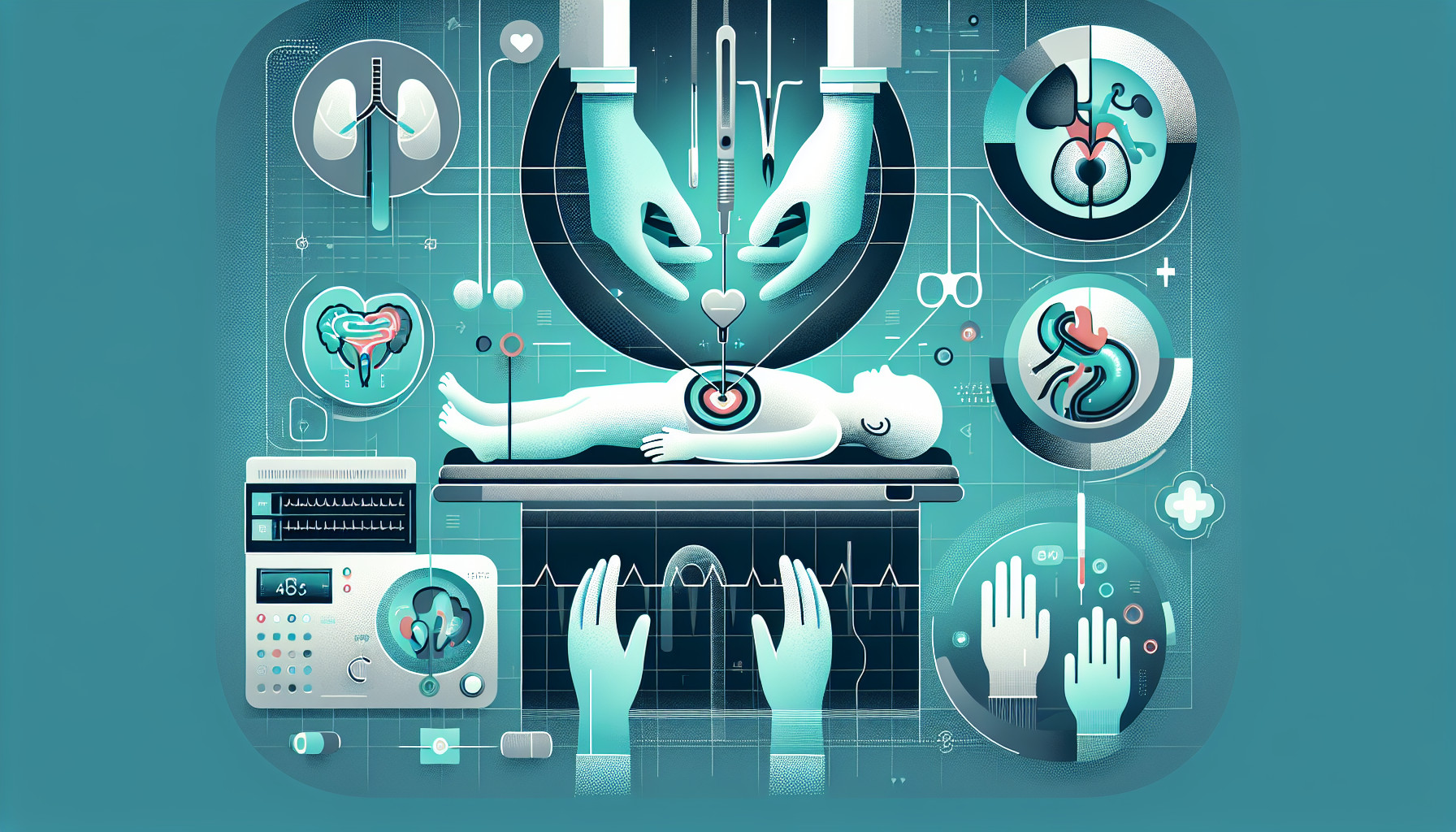Our Summary
This study looked at 9 years of data from surgeries on children with groin hernias. The surgery was done using a single small cut and a specialized needle. The study included 1880 children, from babies to 14 years old, both boys and girls. The surgery was done quickly, taking about 13 minutes for one side and 21 minutes for both sides. Patients stayed in the hospital for 2-4 days after the surgery. There were very few complications, and any that did happen did not majorly affect the results of the surgery. Some patients had the hernia come back, but this was rare. The study concludes that this type of surgery is a reliable and less invasive way to treat groin hernias in children.
FAQs
- How many children were involved in the study on pediatric hernia repair?
- How long does the surgery for groin hernias in children typically take?
- What were the findings of the study in terms of complications and recurrence of hernias after the surgery?
Doctor’s Tip
A helpful tip a doctor might tell a patient about pediatric hernia repair is to follow post-operative instructions carefully to ensure proper healing and minimize the risk of complications. This may include taking prescribed medications, avoiding strenuous activities, and attending follow-up appointments with the surgeon. Additionally, it is important to monitor the surgical site for any signs of infection or recurrence of the hernia and to seek medical attention if any concerns arise.
Suitable For
Pediatric patients with groin hernias are typically recommended for pediatric hernia repair. This study specifically looked at children aged from babies to 14 years old, both boys and girls, who underwent the surgery for groin hernias. The surgery was found to be effective and safe for this patient population, with minimal complications and a low rate of hernia recurrence.
Timeline
Before pediatric hernia repair:
- Patient may experience symptoms such as a bulge or swelling in the groin area
- Patient may have pain or discomfort in the groin area, especially when coughing or straining
- Patient may undergo physical examination and possibly imaging tests to confirm the diagnosis of a hernia
After pediatric hernia repair:
- Patient undergoes surgery using a single small cut and specialized needle
- Surgery typically takes 13 minutes for one side and 21 minutes for both sides
- Patient stays in the hospital for 2-4 days after the surgery
- Very few complications are reported, and any that occur do not majorly affect the results of the surgery
- Some patients may experience the hernia coming back, but this is rare
- Overall, the surgery is considered a reliable and less invasive way to treat groin hernias in children.
What to Ask Your Doctor
- What is a pediatric hernia and why does my child need surgery to repair it?
- What are the potential risks and complications associated with pediatric hernia repair surgery?
- Will my child need to stay in the hospital after the surgery, and if so, for how long?
- What is the expected recovery time for my child after pediatric hernia repair surgery?
- Are there any specific precautions or restrictions my child should follow during the recovery period?
- How likely is it that the hernia will recur after surgery, and what can be done to prevent this?
- Are there any long-term effects or complications associated with pediatric hernia repair surgery?
- What is the success rate of pediatric hernia repair surgery using a single small cut and specialized needle, as described in the study?
- Are there any alternative treatment options for pediatric hernias that I should consider?
- How can I best support my child before, during, and after pediatric hernia repair surgery?
Reference
Authors: Chen R, Tang S, Lu Q, Zhang X, Zhang W, Chen Z, Qi S. Journal: Hernia. 2020 Jun;24(3):639-644. doi: 10.1007/s10029-019-02079-4. Epub 2019 Dec 31. PMID: 31893317
